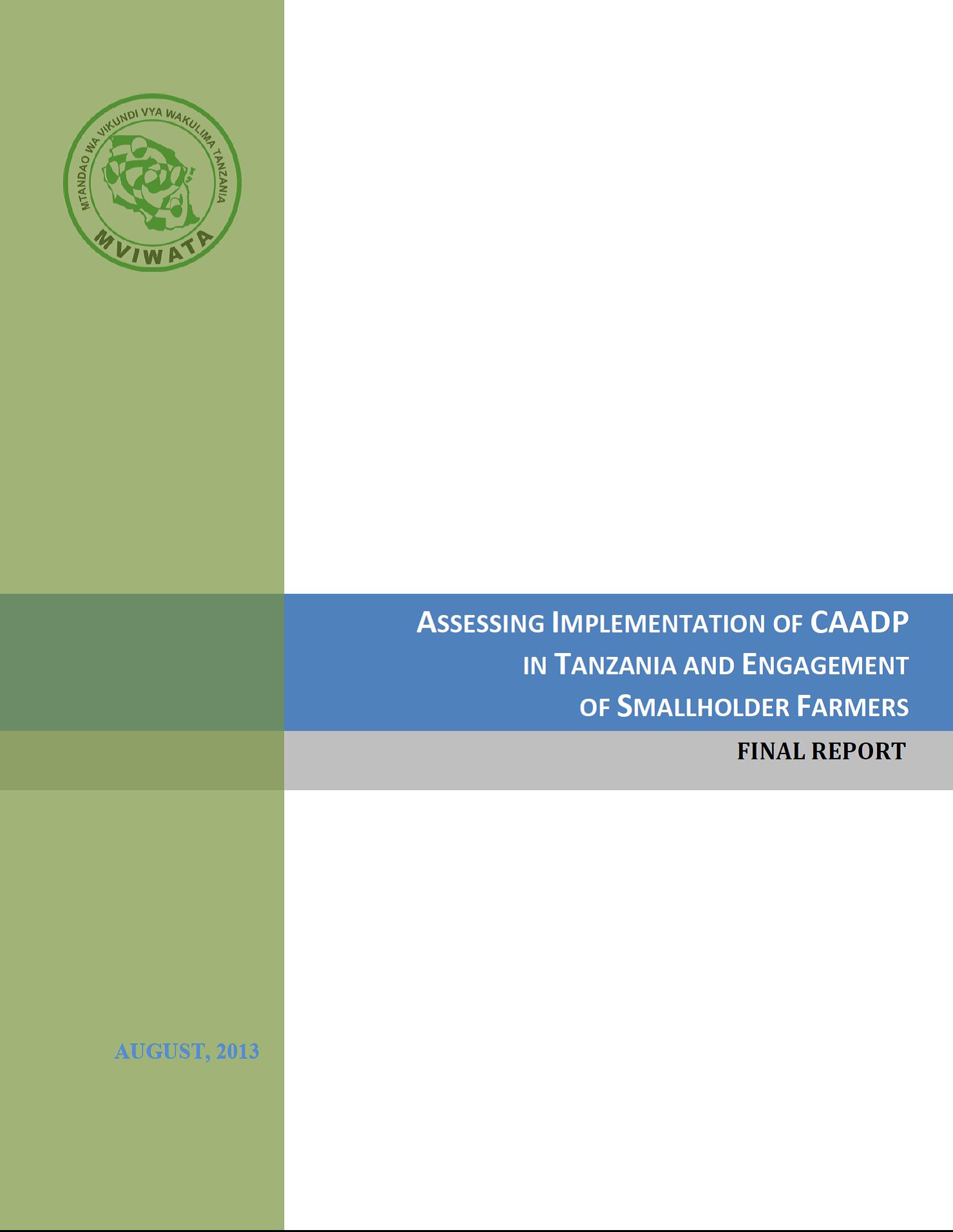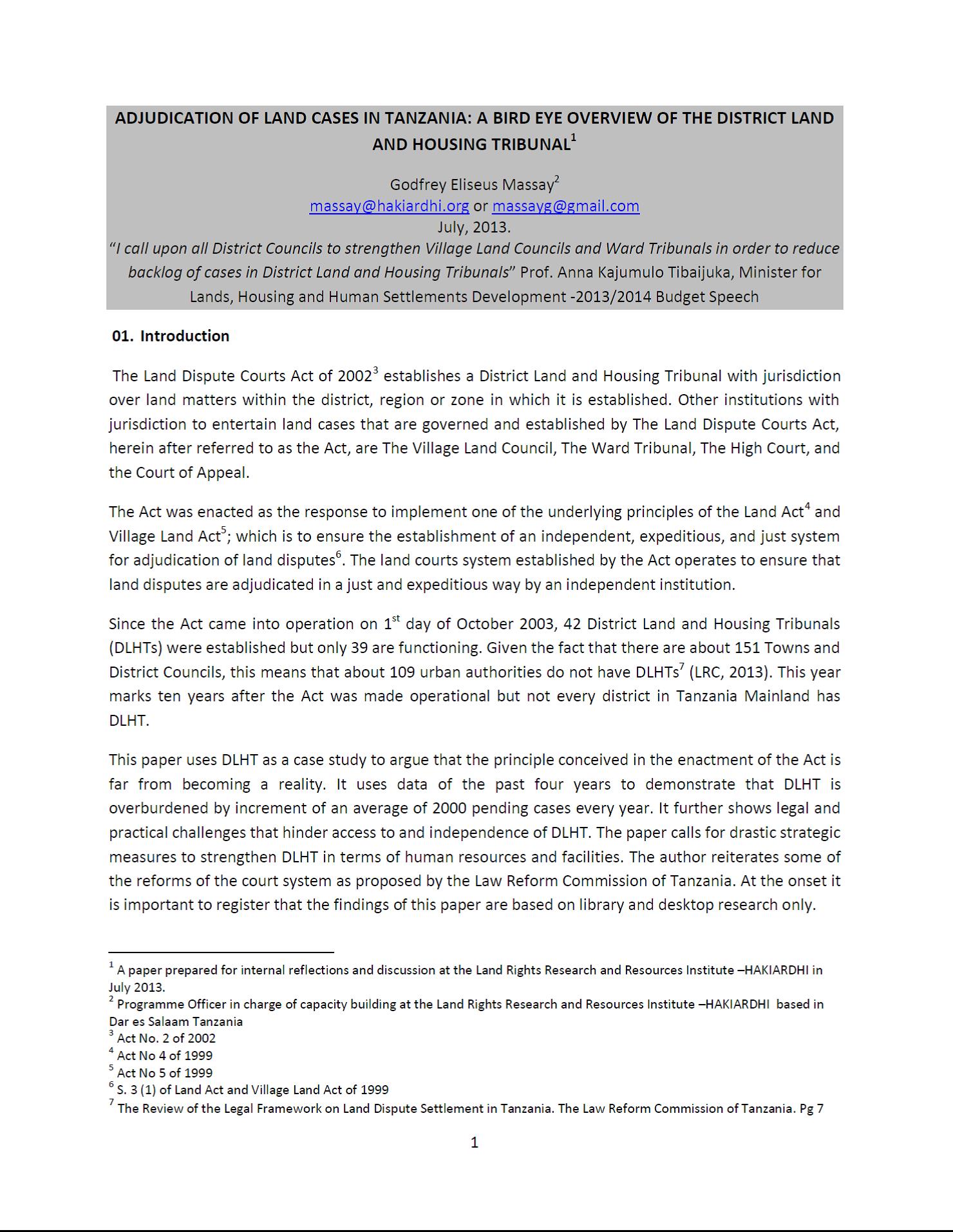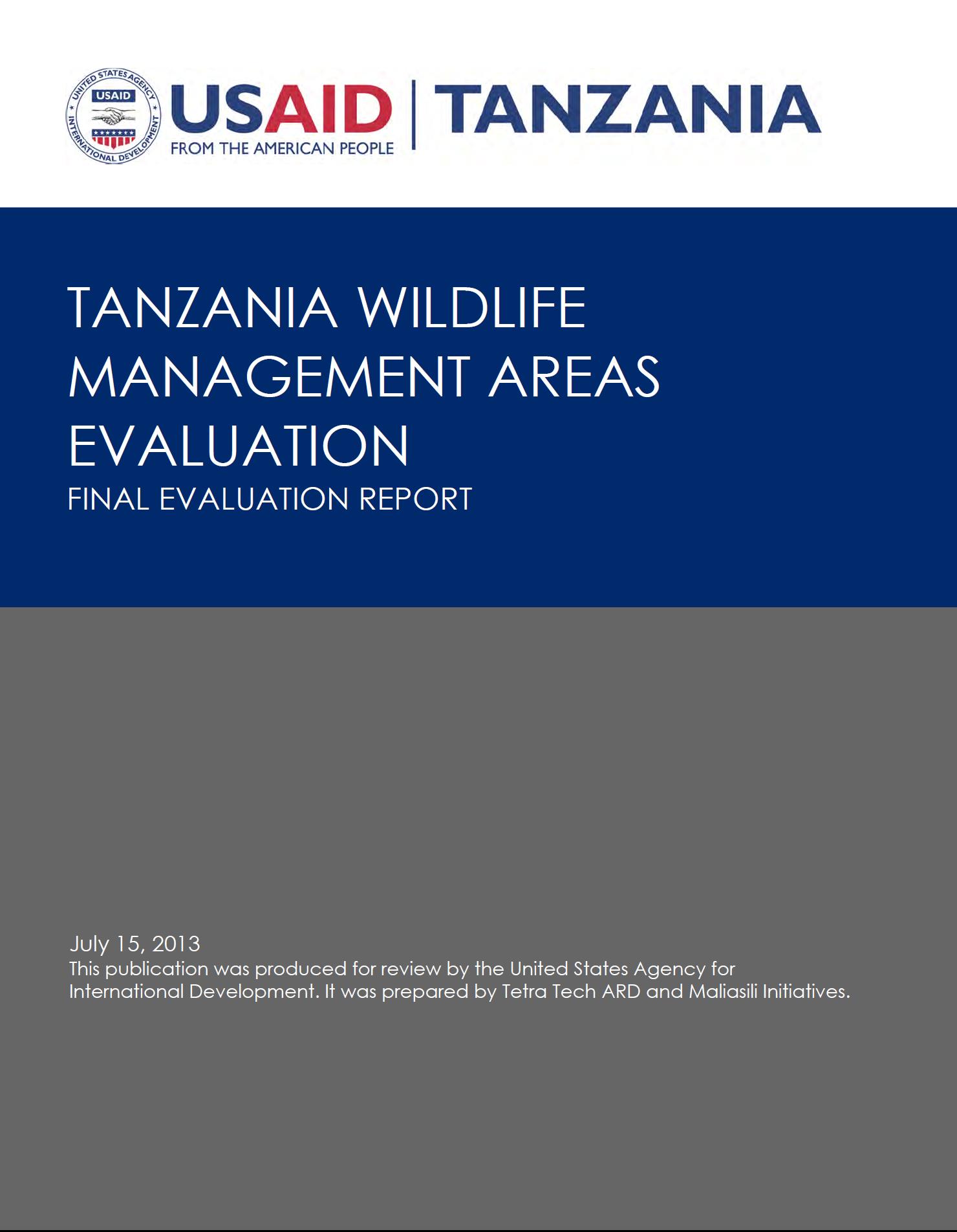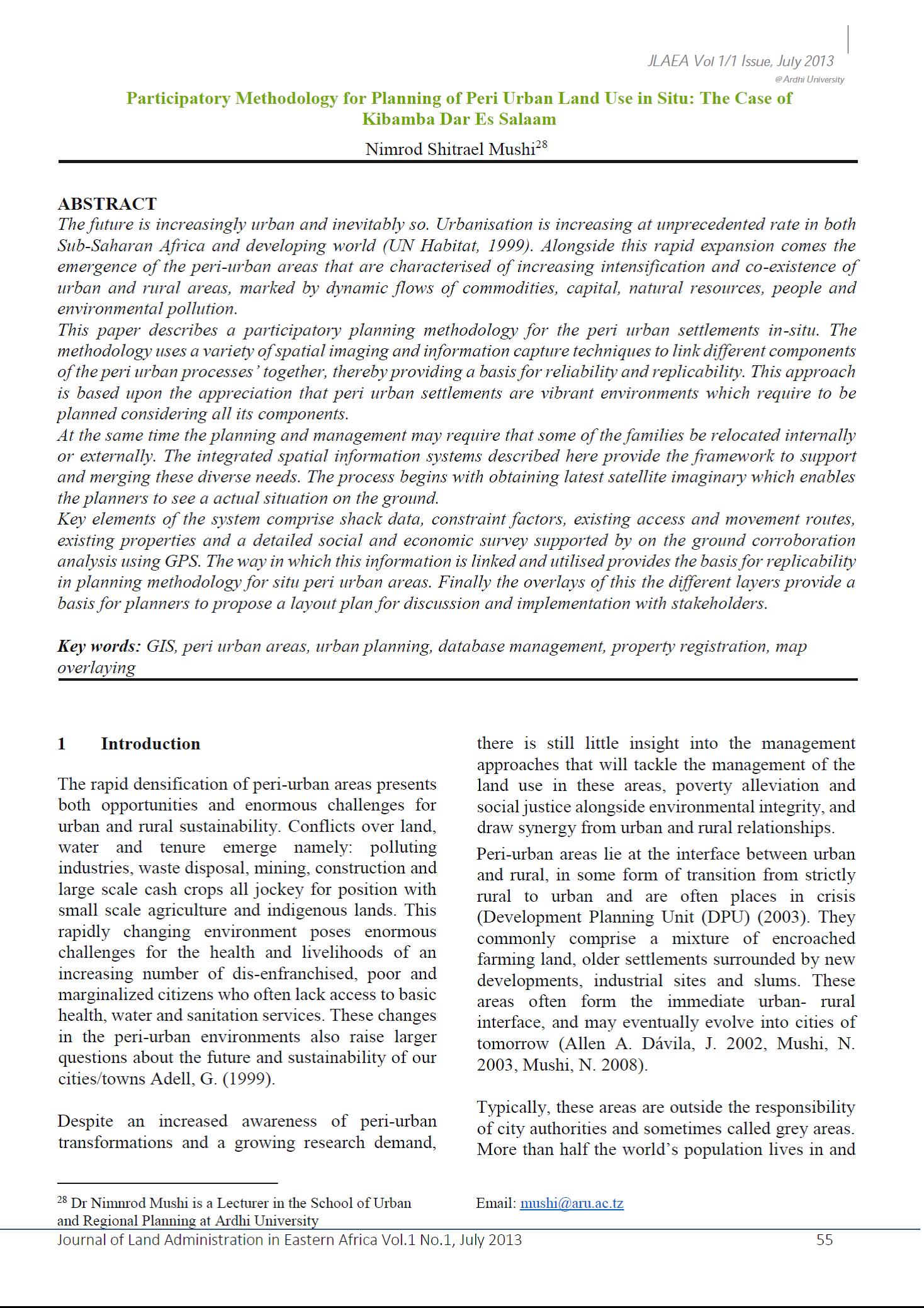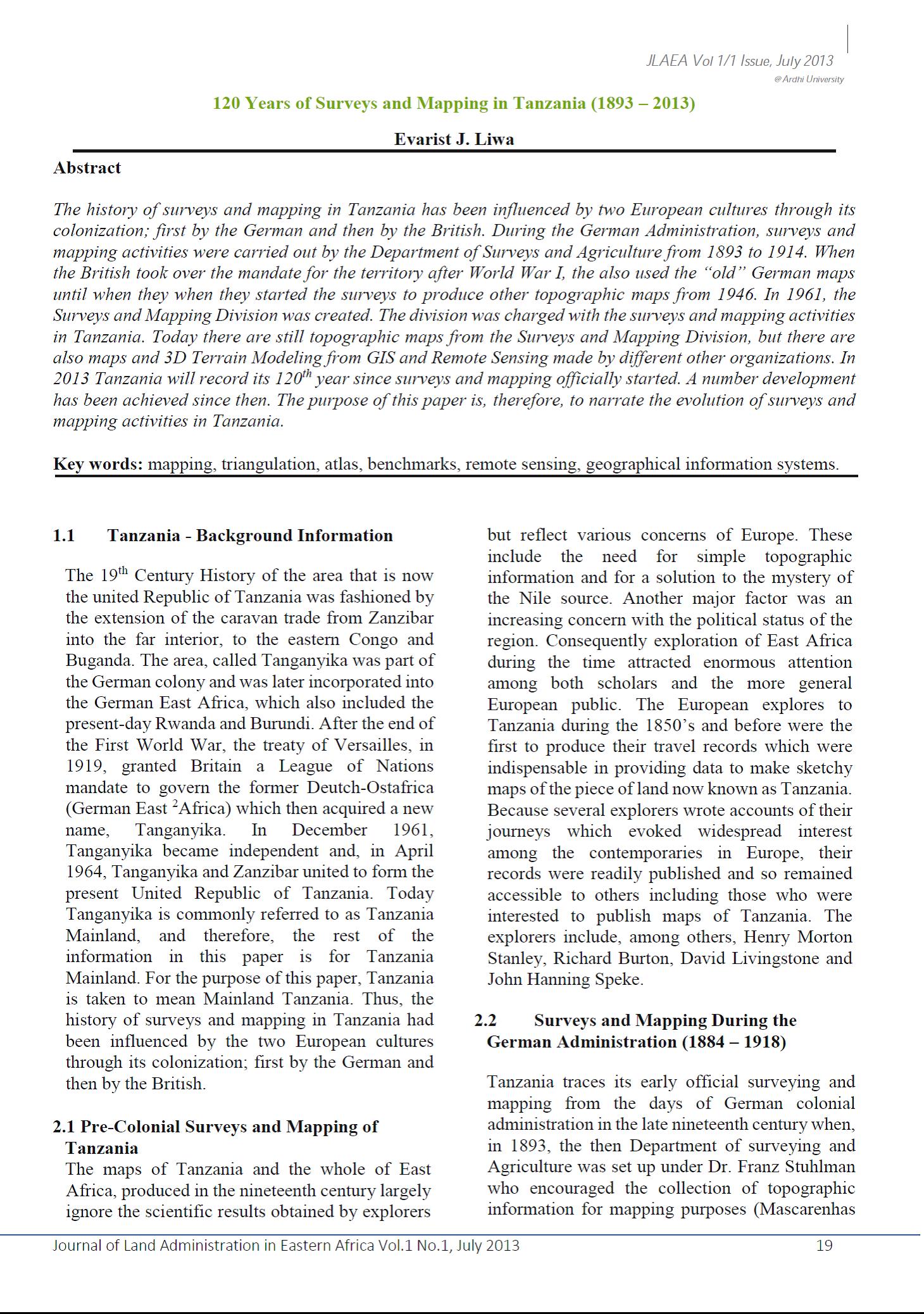Colombia : Agricultural and Rural Competitiveness
The purpose of this study is to assess
agriculture's competitiveness in Colombia. During the
past 12 years, Colombia's agricultural sector has
performed poorly, resulting in the continuation of extensive
rural poverty. Improving the sector's competitiveness
is the only sure and lasting way to improve its growth
performance and reduce poverty. Thus, the main objectives of
this study are to assess: (a) the sector's current and





